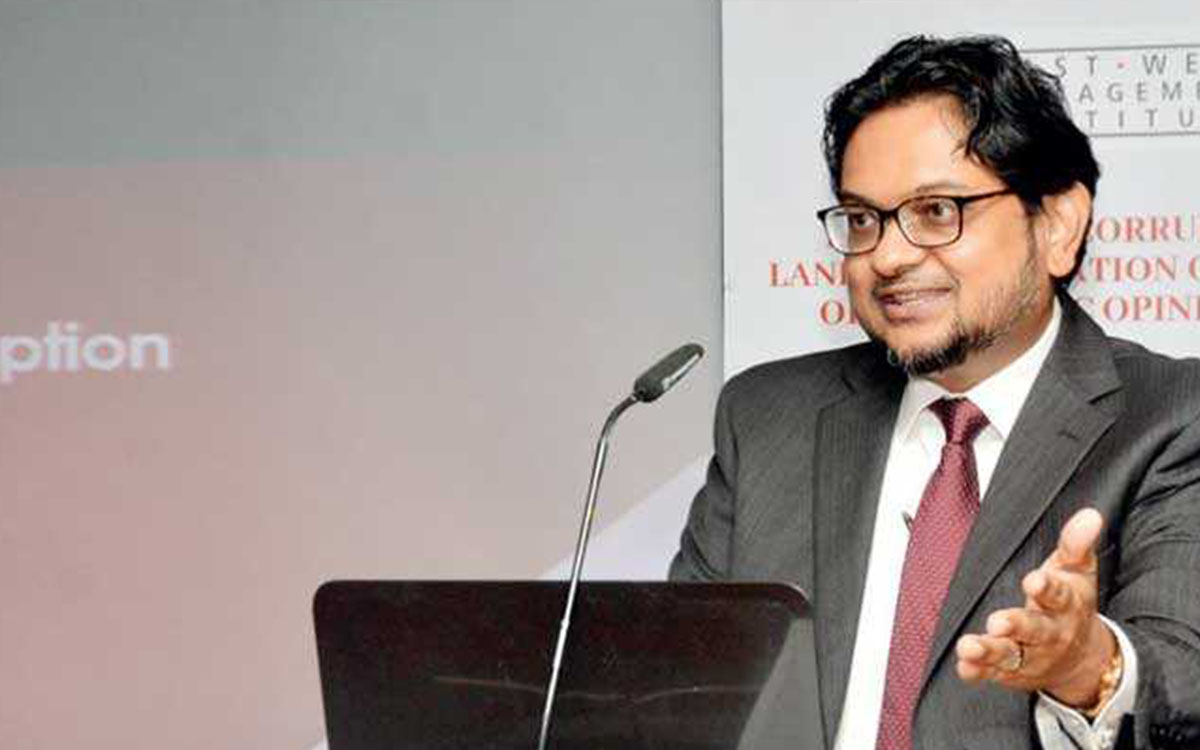Published on EconomyNext
Sri Lanka should start talking to the International Monetary Fund at least as a second option head of a think tank based in Colombo said, but opinion was divided on whether or not a debt restructuring with hair-cuts imposed on bondholders was needed.
However, there was agreement that an outright default was damaging.
Nishan de Mel head of Verite Research said to reduce the pain on the Sri Lankan economy and Sri Lankans the best path is to restructure the debt.
“Because an eventual painful disorderly default, which is where the current path is, is the worst possible outcome for Sri Lanka,” de Mel told an economic forum organized by Sri Lanka’s Ceylon Chamber of Commerce.
“The current path is based on increasing pain to the local economy.”
He forecasted that it may take up to 5 years for Sri Lanka to get its rating back up but restructuring will get the country on a faster path of recovery.
He said Ecuador did pre-emptive restructuring quickly, he said.
Ecuador, however, is now a dollarized country and the problems Latin America and Sri Lanka has with soft-pegged central banks and currency instability no longer applies, analysts have said. The IMF program is also funding the budget directly.
Depreciation also cannot be demanded in Ecuador based on Mercantilist/Keynesian dogma to destroy domestic private savings and salaries of the poor and the pensions of the aged in a dollarized area, analysts say.
However, a float is generally required to end the sterilized forex sale trap and convince dollar holders to sell.
In countries with soft-pegs and currency collapses the IMF funds the central bank and the impact on the budget is indirect from a front-loaded drawdown, coming through lower interest rates required to sterilize inflows and re-build reserves.
De Mel said the fiscal correction in the budget did not appear to be enough and at least 3 percent primary deficit is required.
De Mel said sovereign bonds were already trading at a steep discount and under a re-structure, they would get more.
“A haircut would still leave with a good enough yield,” he said. “I think Sri Lanka should get on the path as a Plan B.”
De Mel said Sri Lanka should start negotiating with a credible economic plan instead of waiting for it to come up with one.
Dushi Weerakoon, head of the Institute of Policy Studies, said it was advisable to go to the IMF, but a debt restructuring perhaps had cost.
“If the short term credit lines, swap arrangements all these things are not materializing it makes sense to have a safety net of some sort,” Weerakoon said.
“The option is the IMF program. You can tag on debt restructuring to it. But I think debt re-structuring we can avoid with an IMF program.
“For me, when you take the overall risk and cost-benefit analysis of a debt restructuring costs outweigh the benefits at this point.”
For an IMF program to be approved, the agency has to decide that the debt is sustainable in the medium based on the program which is politically acceptable to domestic decision-makers.
Sri Lanka’s foreign reserves have fallen steadily from August 2019 as the central bank started to inject liquidity under ‘flexible inflation targeting’ and liquidity injections were ratcheted up in February 2020 in so-called Modern Monetary Theory.
Outright injections have since been ended, but the agency is now sterilizing partial convertibility provide. There are also forex shortages due to partial convertibility.
Sri Lanka authorities have resisted going to the IMF and have been trying to get credit lines, swaps and also raise money through swaps.
